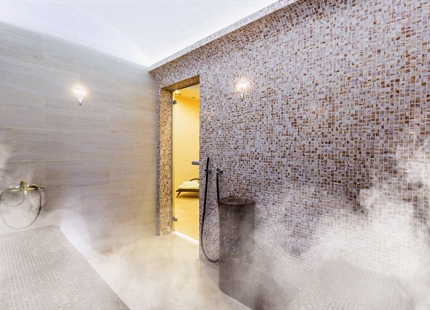Over 60% of our lives are spent indoors, making indoor air quality an important component of the educational environment. Research conducted in twelve public schools showed a 20% reduction in absenteeism in all schools
when relative humidity was raised by 20% to 35%. In fact, deviations from the mid-range can coincide with increased levels of bacteria, viruses, fungi and other factors that reduce air quality.
In cold seasons when heating systems dry the internal atmosphere the air can often drop below 40% relative humidity (RH). At this level it will draw moisture from any available source. This includes our bodies, materials such as wood and textiles, our pets and even the fabric of our home itself. This will not just leave us feeling dehydrated but can have serious implications for our health.
Illness - The transmission of airborne viruses, such as influenza, is significantly reduced at a humidity above 40%RH. Also, the mucous in our nose and throat is our body's natural defence against airborne pollutants. When it dries our immune system is weakened.
Skin & hair - A dry atmosphere causes skin to become susceptible to cracking, especially on the hands, and can cause hair to develop split ends and become duller.
Dust - Humidity binds dust and causes it to precipitate out of the atmosphere so when the air is dry dust and airborne pollutants are more prevalent.
With humidifiers for both HVAC systems and in-space for individual classrooms, Condair can improve the air quality in your school. With humidifiers for both HVAC systems and in-space for individual classrooms, Condair can improve the air quality in your school.










